Understanding Field-Assisted Sintering: A Modern Approach to Materials Processing
Advanced sintering technologies have become essential for creating high-performance materials with tailored properties. One such innovation is Field-Assisted Sintering, also commonly known as Spark Plasma Sintering (SPS) or Field-Assisted Sintering Technique (FAST). This cutting-edge method enables the rapid and efficient densification of powders into solid components, offering distinct advantages over traditional sintering techniques.
What is Field-Assisted Sintering?
Field-assisted sintering is a powder consolidation process that combines electric current, mechanical pressure, and high temperature to sinter materials rapidly and effectively. Unlike conventional sintering, which relies solely on external heating, this technique uses a pulsed direct current to generate Joule heating directly within the die and, in some cases, the powder compact itself.
The powder is typically loaded into a graphite die, and uniaxial pressure is applied while the current pulses heat the material. The synergy between heat and pressure dramatically accelerates the densification process, often completing in just a few minutes.
Key Features and Advantages
Field-assisted sintering offers several unique benefits:
- Ultra-Fast Processing: The sintering cycle can be completed in minutes, significantly reducing production time.
- Lower Sintering Temperatures: The localized heating reduces the thermal exposure of materials, which helps maintain fine microstructures and prevents grain growth.
- Energy Efficiency: Joule heating is more targeted and efficient than furnace-based heating.
- Enhanced Densification: Simultaneous application of pressure and electric current leads to higher density and better bonding between particles.
- Versatility: Ideal for sintering nanomaterials, composites, hard metals, and materials that are difficult to densify using conventional methods.
Applications of Field-Assisted Sintering
The capabilities of field-assisted sintering make it an invaluable tool across various industries:
- Nanomaterials: Preserves nanoscale structures critical for advanced functionalities.
- Thermoelectrics: Enhances electrical and thermal properties by enabling fine control over grain size and composition.
- Hard Metals and Cutting Tools: Produces dense, wear-resistant components with minimal defects.
- Advanced Ceramics and Composites: Enables sintering of complex multi-phase systems.
- Energy Storage: Used in the production of solid-state batteries and other high-performance energy materials.
Conclusion
Field-assisted sintering represents a significant leap forward in the field of materials processing. By integrating electric current, pressure, and heat, it provides a powerful and flexible method for fabricating dense, high-performance materials in a fraction of the time required by traditional techniques. As industries continue to demand faster, more efficient, and more precise materials manufacturing, field-assisted sintering is set to play a central role in shaping the future of advanced materials.
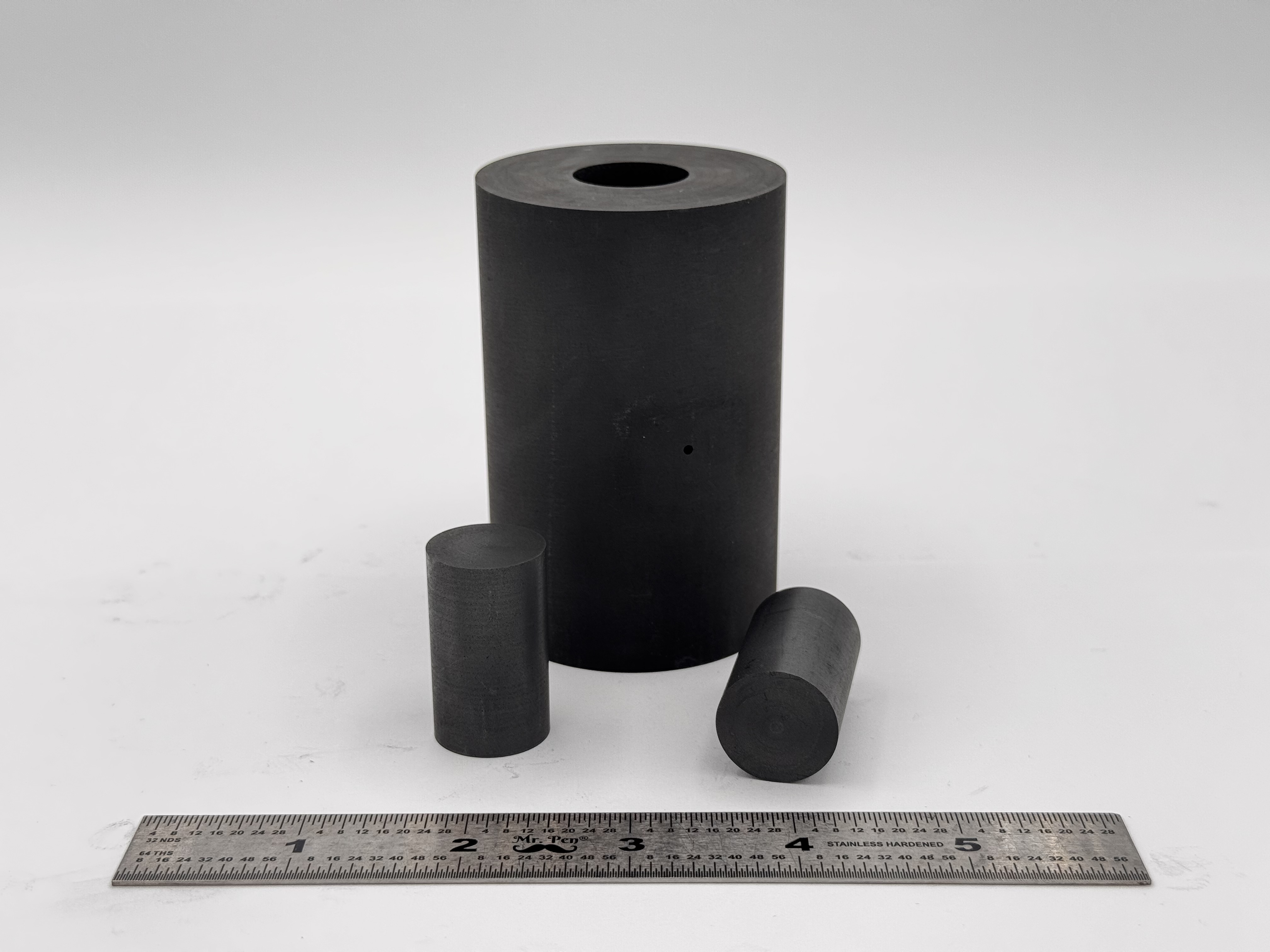 High Strength SPS Graphite Tooling
High Strength SPS Graphite Tooling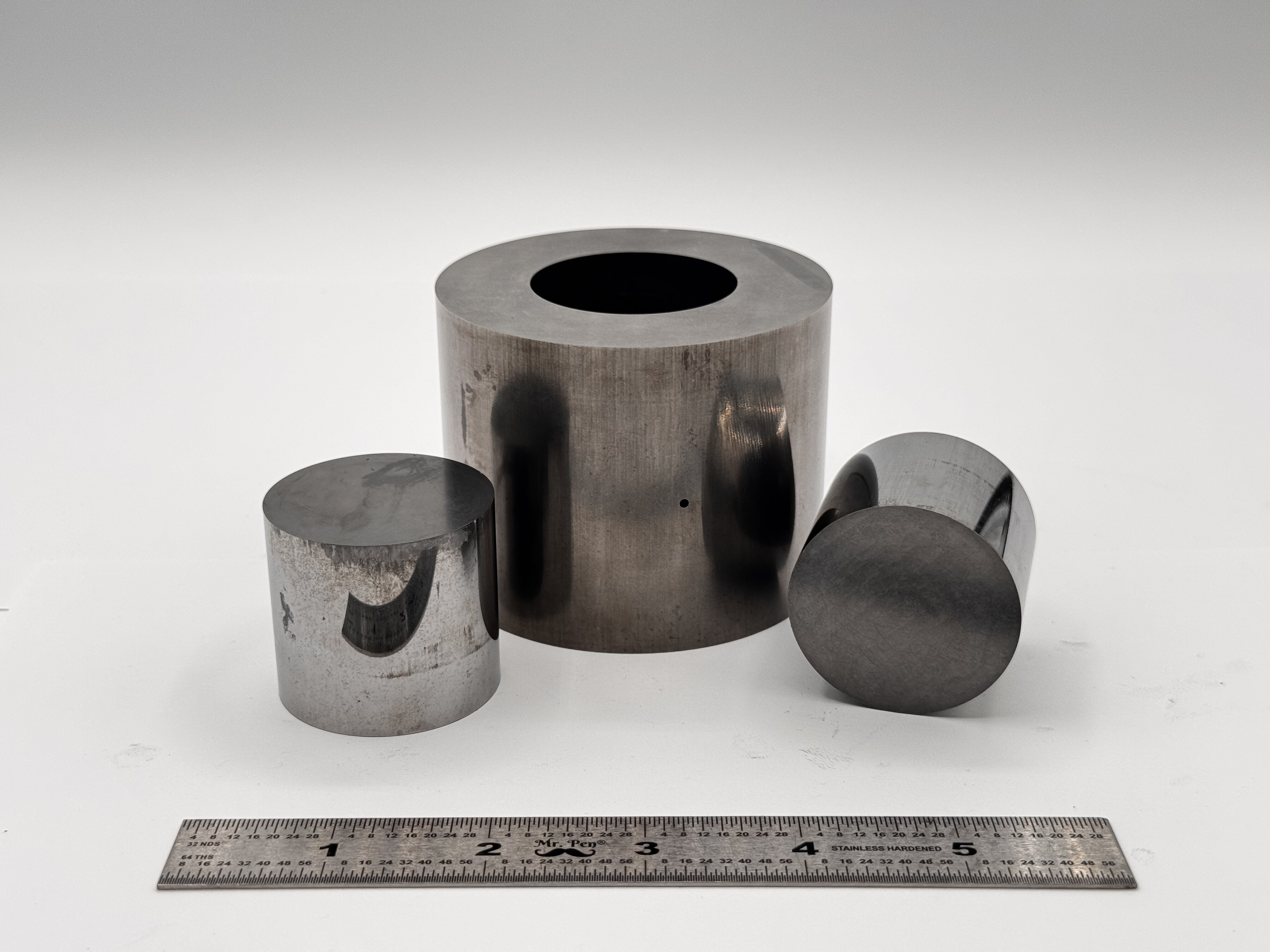 Tungsten Carbide Tooling
Tungsten Carbide Tooling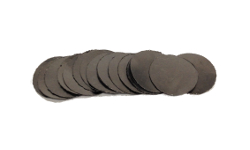 Carbon Graphite Foil / Paper
Carbon Graphite Foil / Paper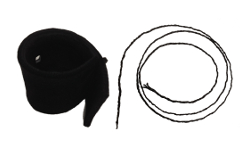 Carbon Felt and Yarn
Carbon Felt and Yarn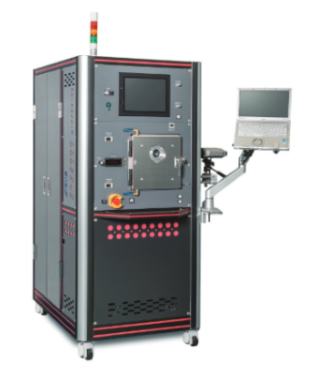 Spark Plasma Sintering Systems
Spark Plasma Sintering Systems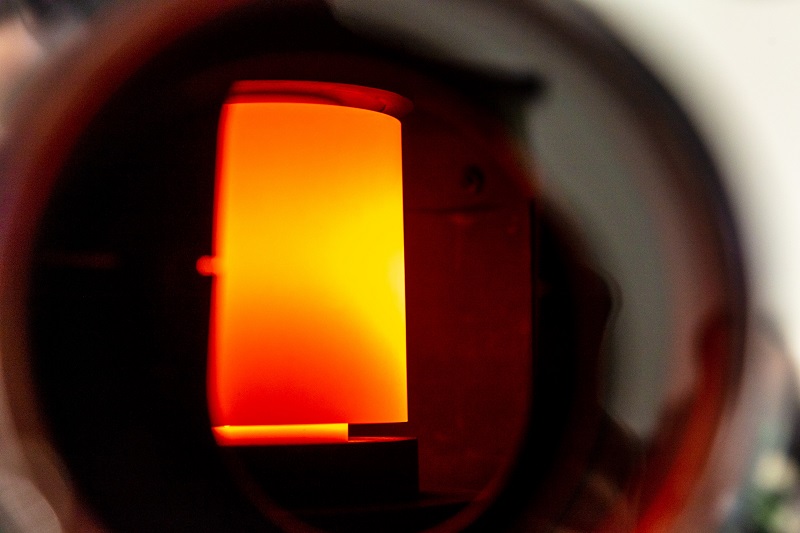 SPS/FAST Modeling Software
SPS/FAST Modeling Software